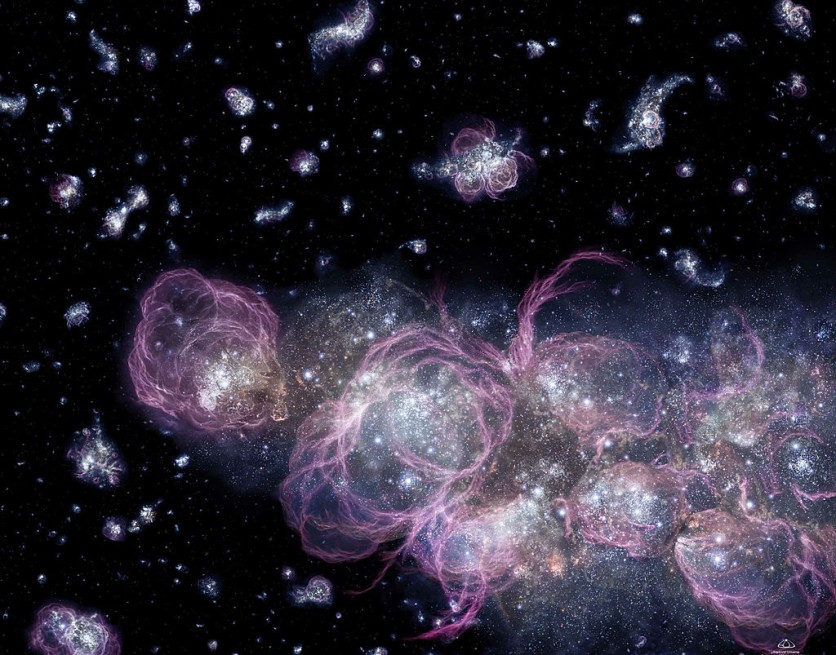In a mesmerizing cosmic dance, astronomers have made an electrifying breakthrough as they observed radio waves emanating from a Type Ia supernova for the very first time!
This exhilarating feat unlocks a gateway to unraveling the secrets behind white dwarf stars.

Mysterious Cosmic Yardsticks
Type Ia supernovae hold profound significance in the realm of astrophysics. These cosmic spectacles serve as cosmic yardsticks, enabling astronomers to measure the vast distances between celestial objects and unravel the ever-expanding tapestry of our Universe.
Yet, the precise ignition mechanism fueling the fireworks of Type Ia supernovae has remained a mystery.
These stellar explosions demand a celestial accomplice: a neighboring companion star that showers the white dwarf with a celestial downpour of matter.
When a neighboring star starts sharing its mass with the white dwarf through a process called mass accretion, it's like adding fuel to the fire. Normally, the fuel consists of hydrogen-rich material from the outer layer of the companion star.
During the celestial dance between a white dwarf and its companion star, some of the stripped matter gives rise to a surrounding cloud of debris. When the white dwarf erupts in a supernova within this cloud, the shockwaves are anticipated to trigger the emission of powerful radio waves.
Surprisingly, while Type Ia supernovae have been witnessed within such clouds, the detection of radio wave emissions has remained elusive.
That is until a group of astronomers successfully detected the radio waves of a Type Ia supernova. Led by scientists from Stockholm University and the National Astronomical Observatory of Japan, the team observed the mesmerizing explosion of a Type Ia supernova in 2020.
Read Also : Type II Supernova Has Been Documented for the First Time, Allowing Experts to Better Understand a Dying Star
Helium-rich Circumstellar Material
They discovered that the supernova was surrounded by helium-rich circumstellar material. With great anticipation, they captured the captivating radio waves emitted by this celestial event, confirming their hypothesis.
Astronomers have confirmed a Type Ia supernova triggered by mass accretion from a companion star with a primary helium outer layer for the first time.
This observation of radio waves from a helium-rich Type Ia supernova is expected to enhance our understanding of the explosion process and the pre-supernova conditions.
The team now aims to investigate radio emissions from other Type Ia supernovae to shed light on the evolutionary path leading to these explosions.
Astronomers can study the shockwaves generated during the explosion as they travel through the surrounding circumstellar material by detecting radio wave emissions associated with a Type Ia supernova.
This observation helps validate theoretical models and contributes to our knowledge of the processes involved in these powerful stellar explosions. It opens up new avenues for research and further investigation into the evolutionary paths and triggering mechanisms of Type Ia supernovae.
The team's findings were published in the journal Nature.
Related Article : Radio Waves from the Milky Way's Center Are Sent Throughout, and Researchers Find It Odd-What is It?

ⓒ 2025 TECHTIMES.com All rights reserved. Do not reproduce without permission.




